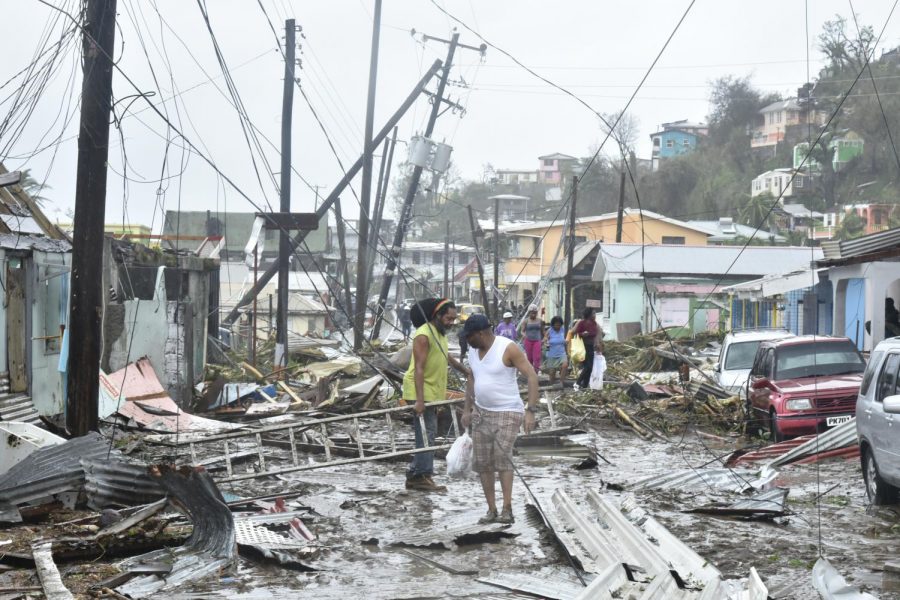Puerto Rico: Four Months Later, A Country That Needs Our Help

Photo Credit/ Photo Credit/Wikipedia Commons
January 29, 2018
In September of 2017, Hurricane Maria (Category 4) made landfall in Puerto Rico, which left much of the island catastrophically destroyed. Millions were without power, telecommunication failed, and many were left without potable water.
The worldwide population hung their heads at the annihilation of Puerto Rico–many reached for the wallets and dialed the number for the Red Cross. Many sent care packages, and brave rescue attempts were taken.
The American Federal Government proposed a $18 billion aid package in December, intended to cover some of the most horrendous natural disasters of 2017. With the hurricanes that ravaged U.S. cities, however, as well as the California Wildfires, very little of the money was granted to Puerto Rico. According to current estimates, it would take around $90 billion to provide adequate relief.
During the height of the storm, the Executive Branch was dealing with controversies with the National Football League. Athletes taking a stand against systematic racism was at the forefront of the president’s busy thumbs, though Trump did speak about the issue. Instead of primarily viewing the issue as a humanitarian crisis, however, many of the comments made dealt with Puerto Rico’s debt.
A team of nurses who had visited the island spoke of the ways in which the federal government has failed in understanding the breadth of the tragedy. The Federal Emergency Management Agency (FEMA) has taken great strides by deploying more than 16,000 federal workers to the island, and delivering more than 10 million liters of bottled water.
In addition, FEMA has approved millions of dollars for temporary housing and relief for small businesses. However, the ways in which the organization has compiled its data is largely inadequate, as, according to the nurses, FEMA has asked hurricane victims to give copies of utility bills and bank routing numbers. Though the agency promised to follow up by phone or text, many citizens were completely without power–many without access to such documents.
Though the U.S. Federal Government cannot single-handedly rescue Puerto Rico from the damage of Hurricane Maria, there are several steps the government should have taken, and can still take.
Within the first days of the tragedy, The Executive Branch released statements (via Twitter) that did little to console the people of Puerto Rico. Instead, the tweets shamed the country for its debt, and claimed that resources such as food and water were plentiful. In instances of devastation, the Executive Branch should put the past aside, and take all productive steps necessary to begin immediate rescue and response.
Additionally, Trump released this statement via Twitter after being criticized by the government of Puerto Rico after not helping the cause enough: “The mayor of San Juan, who was very complimentary only a few days ago, has been told by the Democrats that you must be nasty to Trump. Such poor leadership ability by the mayor of San Juan, and others in Puerto Rico, who are not able to get their workers to help. They want everything to be done for them when it should be a community effort.”
Criticizing in times like these is a stalemate for change. No diplomacy can be reached through juvenile hatred.
For the most part, the ideal U.S. Federal response to instances of foreign devastation is compassion. Monetary grants can only sometimes be given to sufficiency. To feel supported and a member of a worldwide community is sometimes the best aid a country can give.

